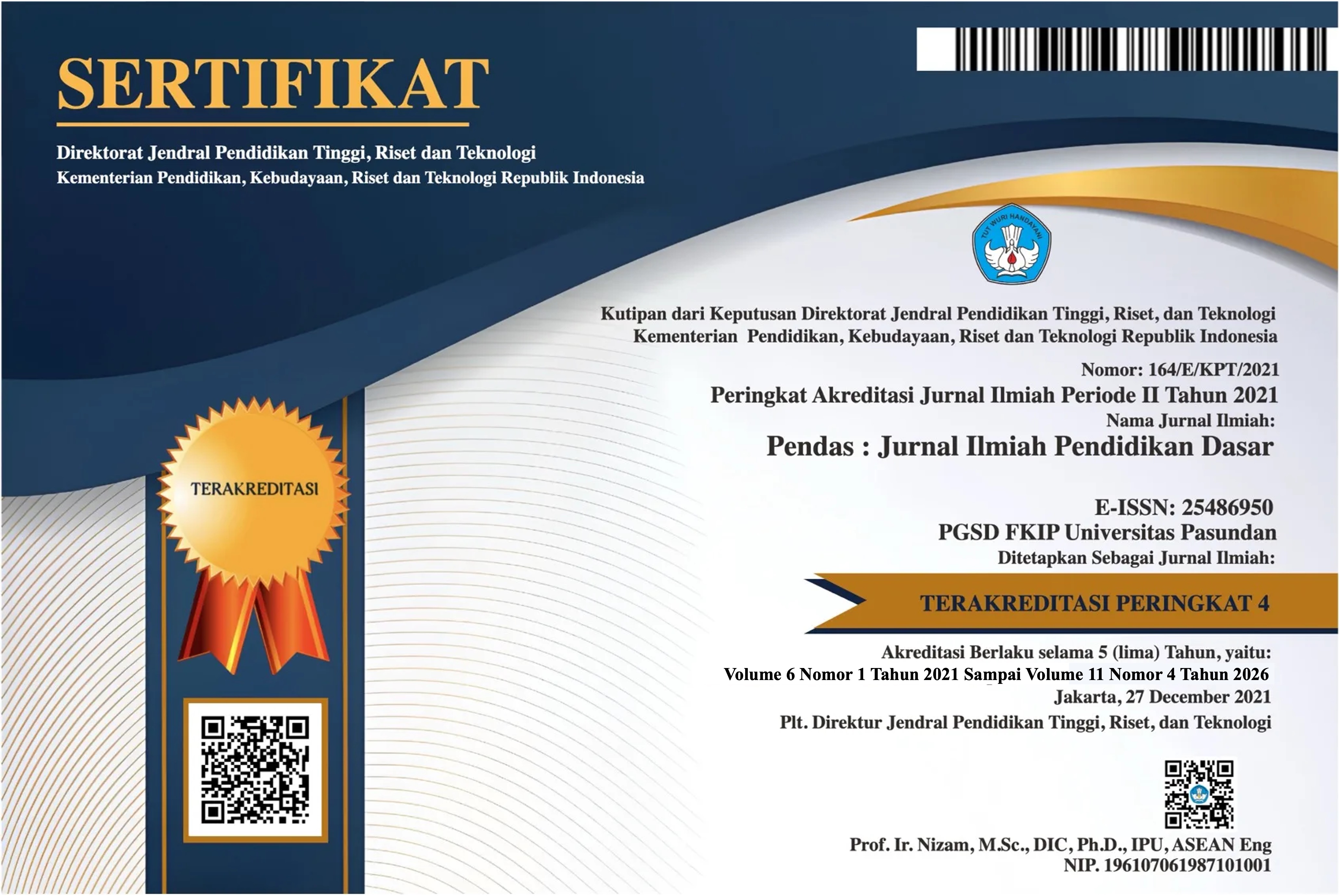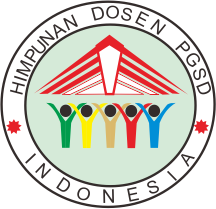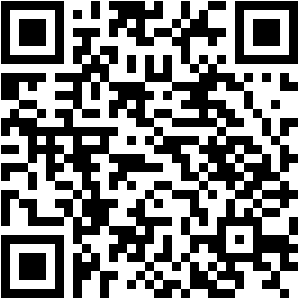HUBUNGAN INTERAKSI SOSIAL DENGAN KONSEP DIRI DALAM MEMAHAMI ATURAN PADA SISWA KELAS XI SMK NEGERI 7 MEDAN
DOI:
https://doi.org/10.23969/jp.v10i04.35191Keywords:
Social Interaction, Self-Concept, StudentsAbstract
The purpose of this study is to determine whether there is a relationship between social interaction and self-concept in understanding rules among students. Social interaction is a dynamic relationship that brings people together, groups with groups, and individuals with human groups. Whereas self-concept is an individual's perception of themselves based on what is actually happening and what they want to happen. The research method used in this study is quantitative research using a correlational research design. The population in this study consists of all 200 students in class XI at SMK Negeri 7 Medan. The sample size is 35 students, selected using the simple random sampling technique, which involves random selection. The instruments used were a social interaction questionnaire and a self-concept questionnaire, using a likert scale with a checklist format. The Cronbach's Alpha value for the social interaction questionnaire is 0.925, and for the self-concept questionnaire, it is 0.871, indicating reliability. The results of the hypothesis testing yielded a correlation coefficient of 0.529, which falls within the coefficient interval of 0.40-0.599, indicating a moderate level of relationship. The significance (p) was 0.000 < 0.05, meaning the two variables have a positive relationship. The results of the coefficient of determination show that the calculated value of R Square is 0.280, which means that 28% of self-concept is influenced by social interaction. Meanwhile, 72% of self-concept is influenced by several factors, namely competence, physical, feelings, self-actualization, virtue, and parents.
Downloads
References
Agustiani. (2009). Psikologi Perkembangan. Aditama.
Amarta, R., & Nugroho, R. A. (2022). Hubungan Speed Dan Agility Terhadap Keterampilan Menggiring Bola Ekstrakurikuler Futsal. Journal of Physical Education (JouPe), 3(1).
Ernitawati, Y., Izzati, N., & Yulianto, A. (2020). Pengaruh literasi keuangan dan pelatihan pasar modal terhadap pengambilan keputusan investasi. Jurnal Proaksi p-ISSN, 2089, 127X.
Melani, U., Solina, W., & Putri, B. N. D. (2025). PENGARUH INTERAKSI SOSIAL TEMAN SEBAYA TERHADAP KONSEP DIRI PESERTA DIDIK KELAS VIII DI SMP NEGERI 1 V KOTO KAMPUNG DALAM KABUPATEN PADANG PARIAMAN. Jurnal Manajemen Pendidikan, 10(3), 1536-1546.
Rahmatih, A. N., Fauzi, A., & Ermiana, I. (2020). Hubungan motivasi dan kemandirian belajar mahasiswa calon guru Sekolah Dasar. Wahana Sekolah Dasar, 28(2), 76-83.
Ratna, D. A. (2015). IDENTIFIKASI FAKTOR-FAKTOR YANG MEMPENGARUHI KONSEP DIRI SISWA SEKOLAH DASAR NEGERI MENDUNGAN I YOGYAKARTA. Jurnal Pendidikan Guru Sekolah Dasar.
Santoso, G. (2015). Determinan koefisien respon laba. Persimonia-Jurnal Ekonomi dan Bisnis, 2(2), 69-85.
Sarwono, S. W. (2010). Psikologi Remaja. Bandung : PT. Raja Grafindo.
Sebayang, G. A. B., Ginting, S. J. B., & Simamora, m. T. (2024). Gambaran Interaksi Sosial Tunarungu Di Sekolah Inklusif Rumah Ceria Medan. SKYLANDSEA PROFESIONAL Jurnal Ekonomi, Bisnis dan Teknologi, 4(2), 147-154.
Sitohang, Martinus M . (2012) . Skripsi : Penerapan Strategi Pembelajaran Berbasis Proyek (Project-Based Learning) Untuk Meningkatkan Hasil Belajar Mata Pelajaran Pekerjaan Konstruksi Pada Siswa Kelas XI Program Teknik Keahlian Konstruksi Batu dan Tahun Ajaran 2011/2012 . Medan: Universitas Negeri Medan.
Sugiyono. (2022). Statistik Untuk Penelitian. Bandung : Alfabeta.
Waluyo, E., Septian, A., Jerilian, E., Hidayat, I. N., Prahadi, M. A., Prasetyo, T., & Sabilah, A. I. (2024). Analisis data sample menggunakan uji hipotesis penellitian perbandingan menggunakan uji anova dan uji t. Jurnal Ekonomi Dan Bisnis, 2(6), 775-785.
Downloads
Published
Issue
Section
License
Copyright (c) 2025 Pendas : Jurnal Ilmiah Pendidikan Dasar

This work is licensed under a Creative Commons Attribution 4.0 International License.


















